

Since the global positioning system (GPS) became fully operational in the mid-1990s, it’s widely used to navigate, map and survey land as well as study the small changes in movement of objects on ...
READ MORE
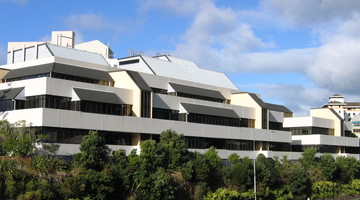
Seismic engineering is a branch of engineering that searches for ways to make structures, such as buildings and bridges, resistant to earthquake damage. Seismic engineers aim to develop building ...
READ MORE

Base isolation is a technique developed to prevent or minimise damage to buildings during an earthquake. It has been used in New Zealand, as well as in India, Japan, Italy and the USA. A ...
READ MORE

Rubbish or waste is part of our lives. How we deal with it has changed through the ages. We know that out of sight, out of mind is a fallacy, and what we bury today has the potential to affect ...
READ MORE
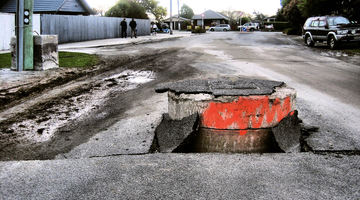
The series of activities described below was designed to help students develop an understanding about earthquakes in New Zealand, including why we get them and how we measure them. The world of ...
READ MORE
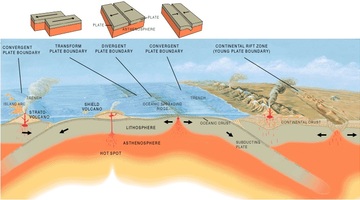
In this activity, students take on the roles of seismologists, vulcanologists and geographers, using maps to look for patterns in the worldwide distribution of earthquakes, volcanoes and ...
READ MORE
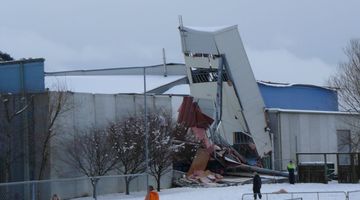
Large snow events in most parts of New Zealand are uncommon. However, if you are in the South Island or the central North Island, this citizen science project could be a great one for your ...
READ MORE
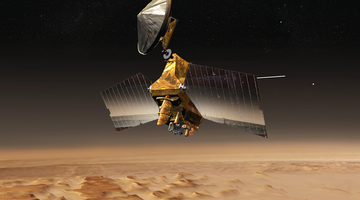
The Planet Four online citizen science project is designed to assist planetary scientists to identify and measure features on the surface of Mars that don’t exist on Earth. Help is needed to ...
READ MORE
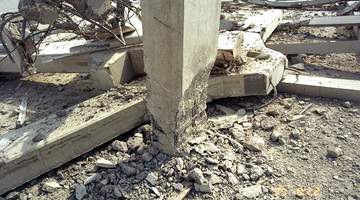
About 14,000 earthquakes are recorded in and around Aotearoa New Zealand every year. Canterbury’s 7.1 and Kaikōura's 7.8 magnitude earthquakes and subsequent aftershocks show the constant threat ...
READ MORE

In this online PD session recorded on 2 June 2016, Andrea Soanes from the Science Learning Hub was joined by three guest presenters – all inspirational women working in STEM – who shared their ...
READ MORE

When St Francis Xavier Catholic School decided on the theme ‘Innovation’ as a whole-school science and technology focus, year 3 teacher Jo Collyer began searching for relevant teaching resources ...
READ MORE
Dr Stefano Pampanin from the University of Canterbury believes seismic engineering relies on the merging of knowledge from many scientific areas, using an interdisciplinary approach and combining ...
READ MORE
Dr Stefano Pampanin from the University of Canterbury explains that seismic engineers need a good understanding of physics, mathematics and other sciences, as well as a broad general knowledge ...
READ MORE
Dr Stefano Pampanin from the University of Canterbury explains how the ‘smarter’ idea of ductile design originated at the University in the 1960s and is currently under further developments and ...
READ MORE
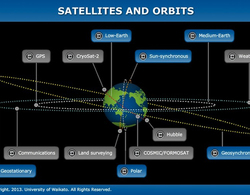
The size, orbit and design of a satellite depend on its purpose. In this interactive, scientists discuss the functions of various satellites and orbits. Accompanying fact files provide ...
READ MORE

Use this interactive to identify the components of a modern landfill system. Drag and drop the text labels onto the diagram.
READ MORE

This slideshow, from the webinar Digital tools for science learning, provides additional support for the video tutorial. Use the Slideshow menu for further options, including view full screen ...
READ MORE